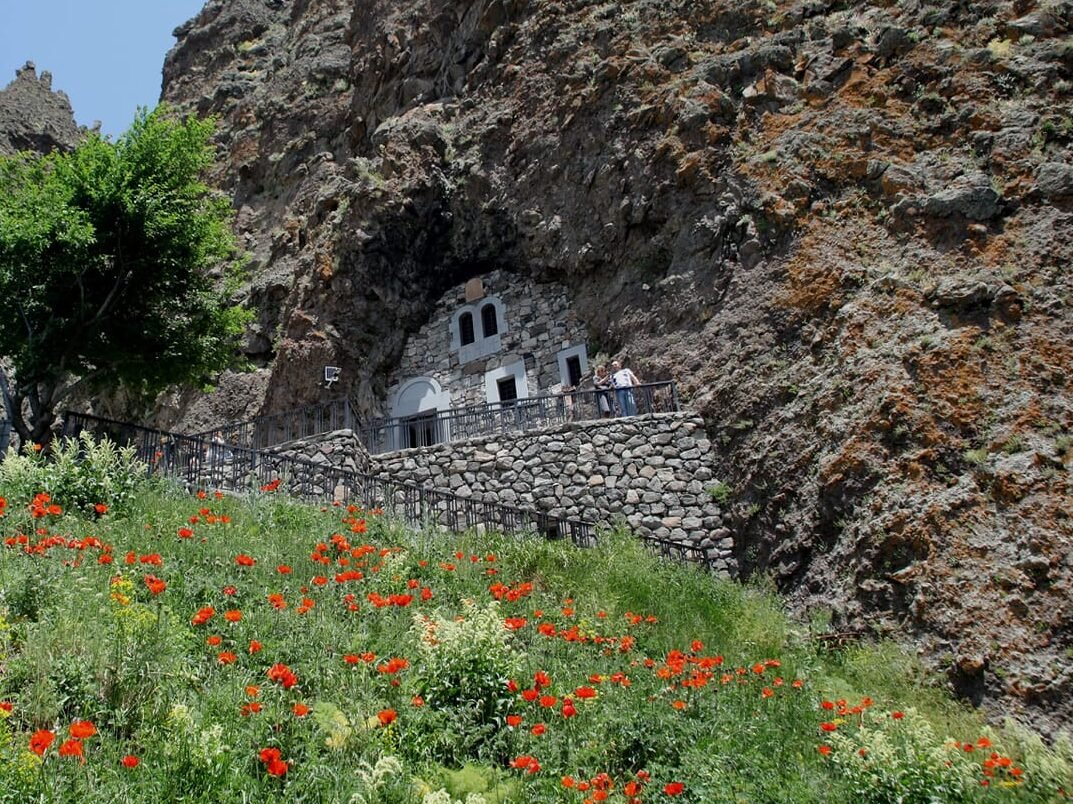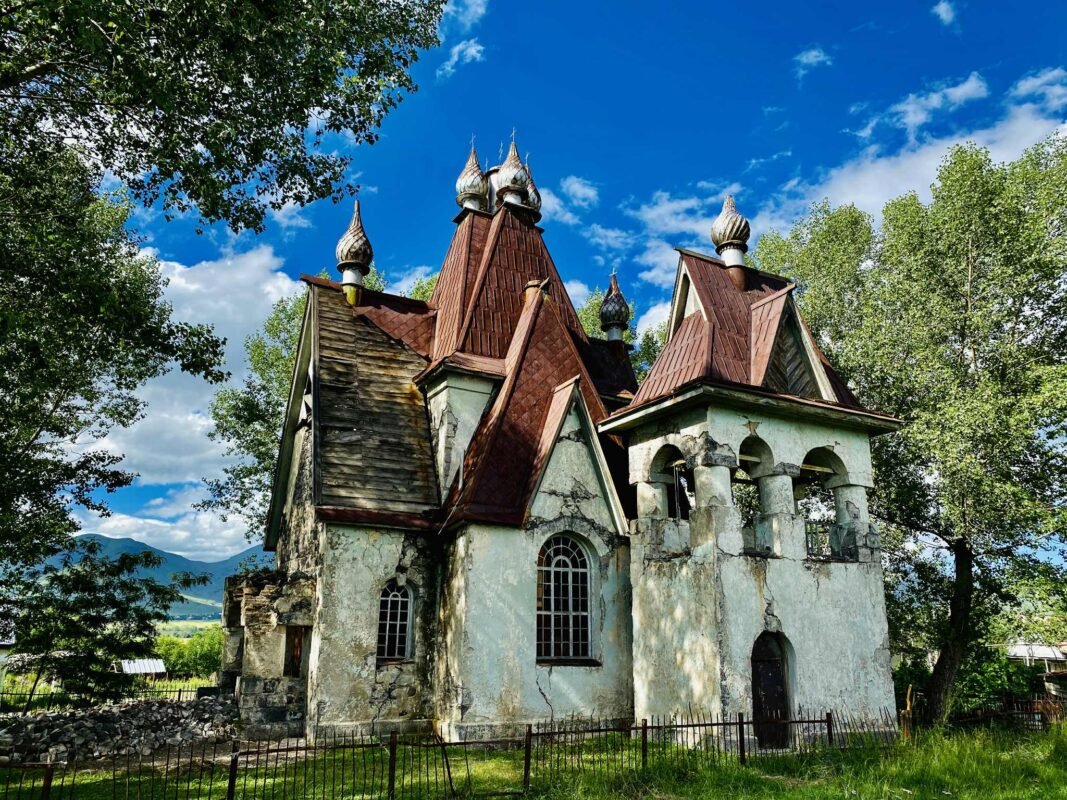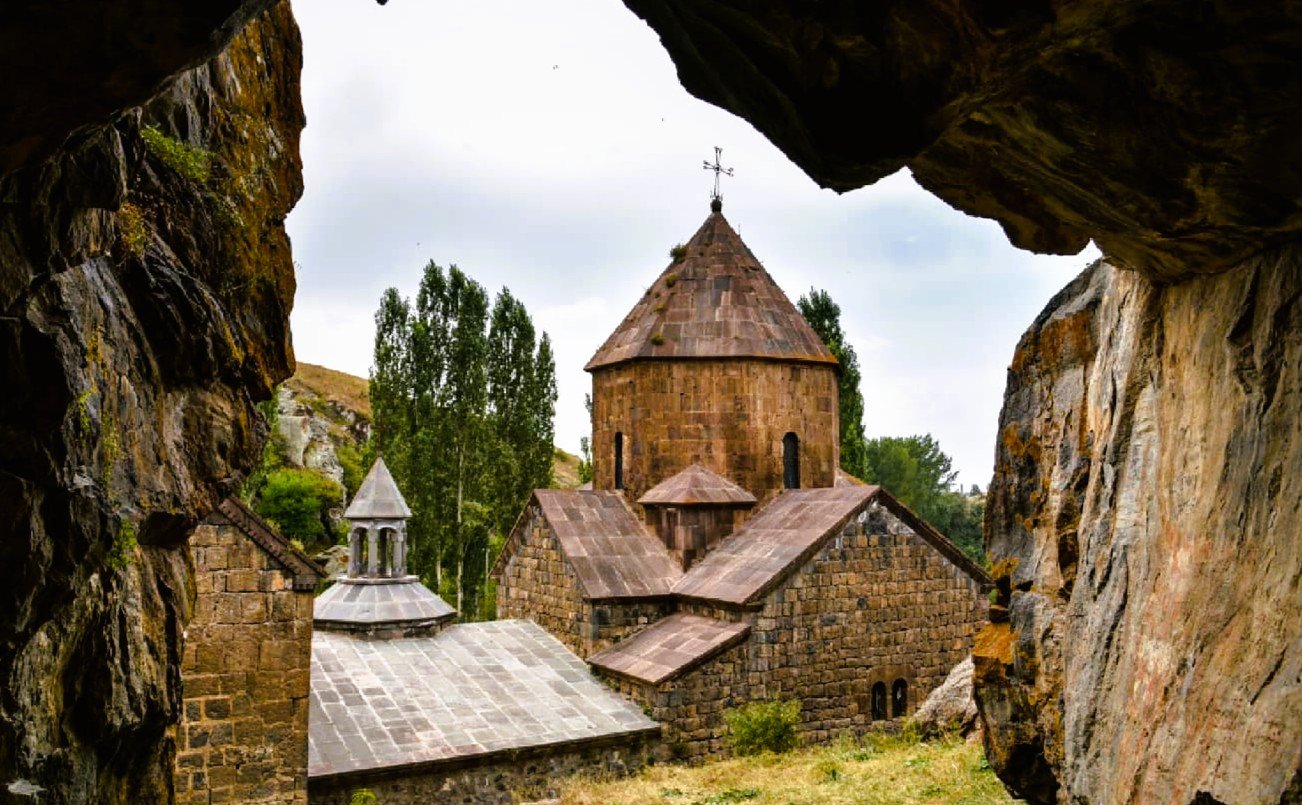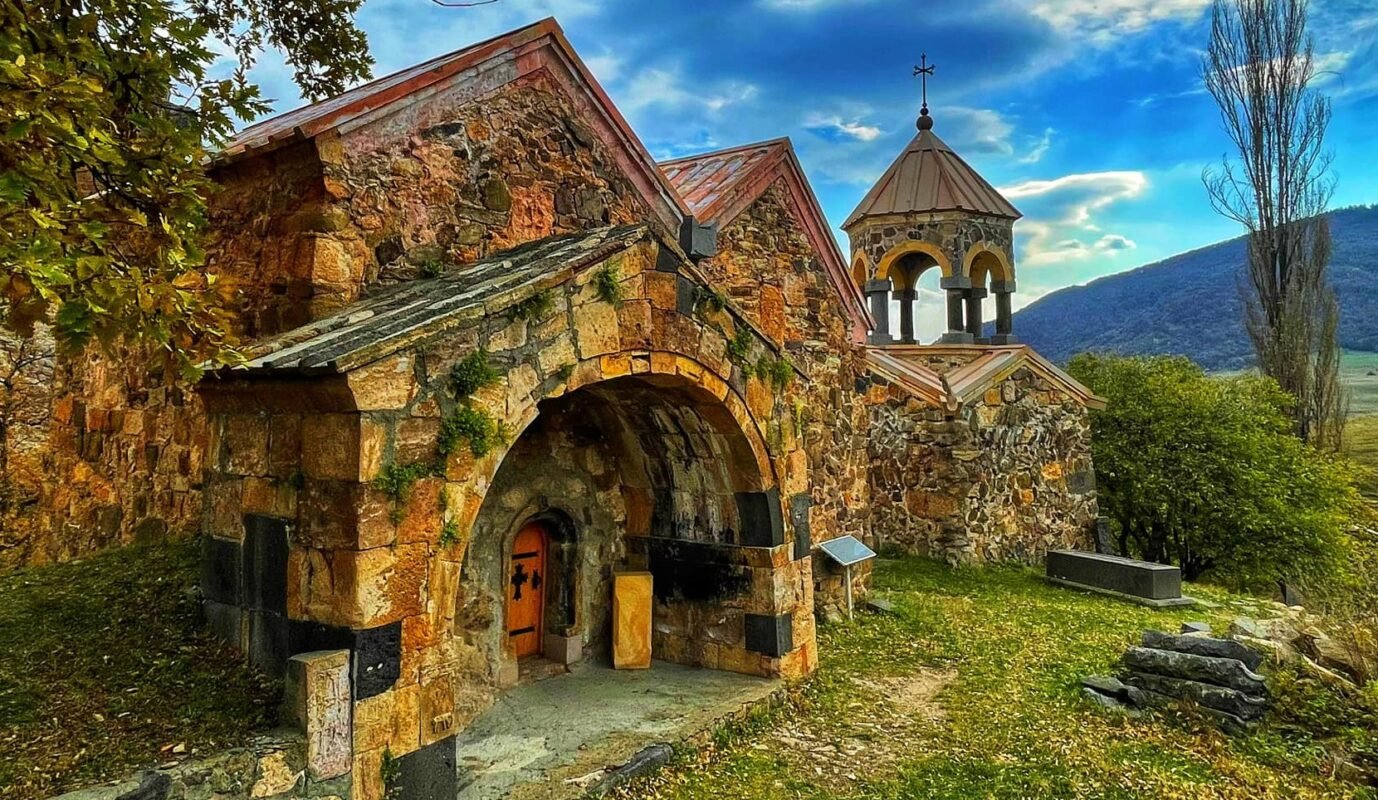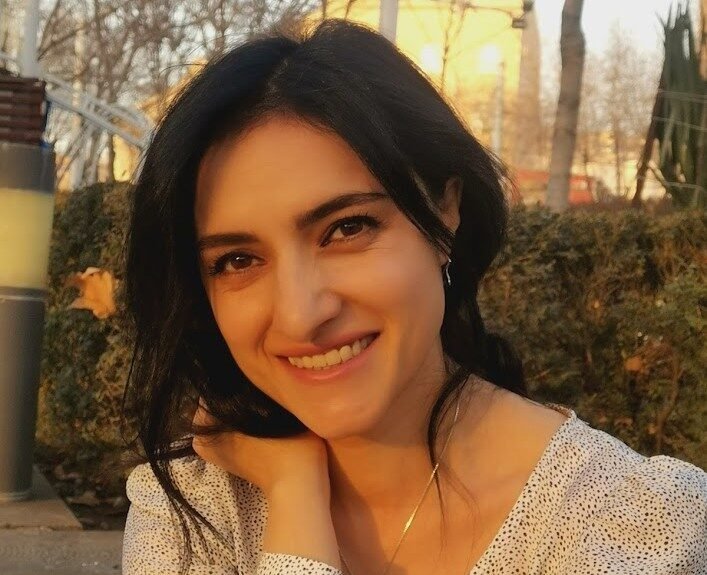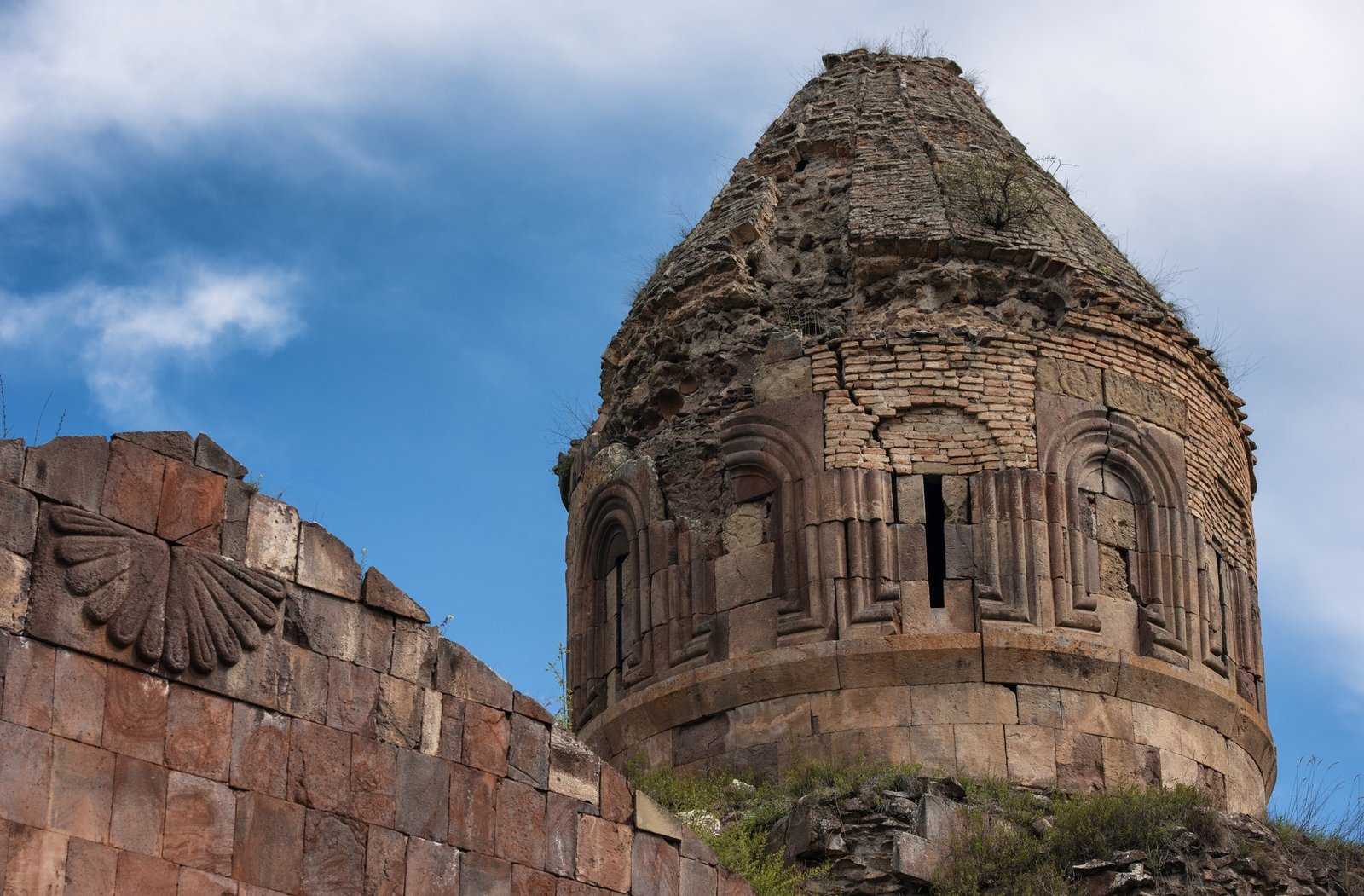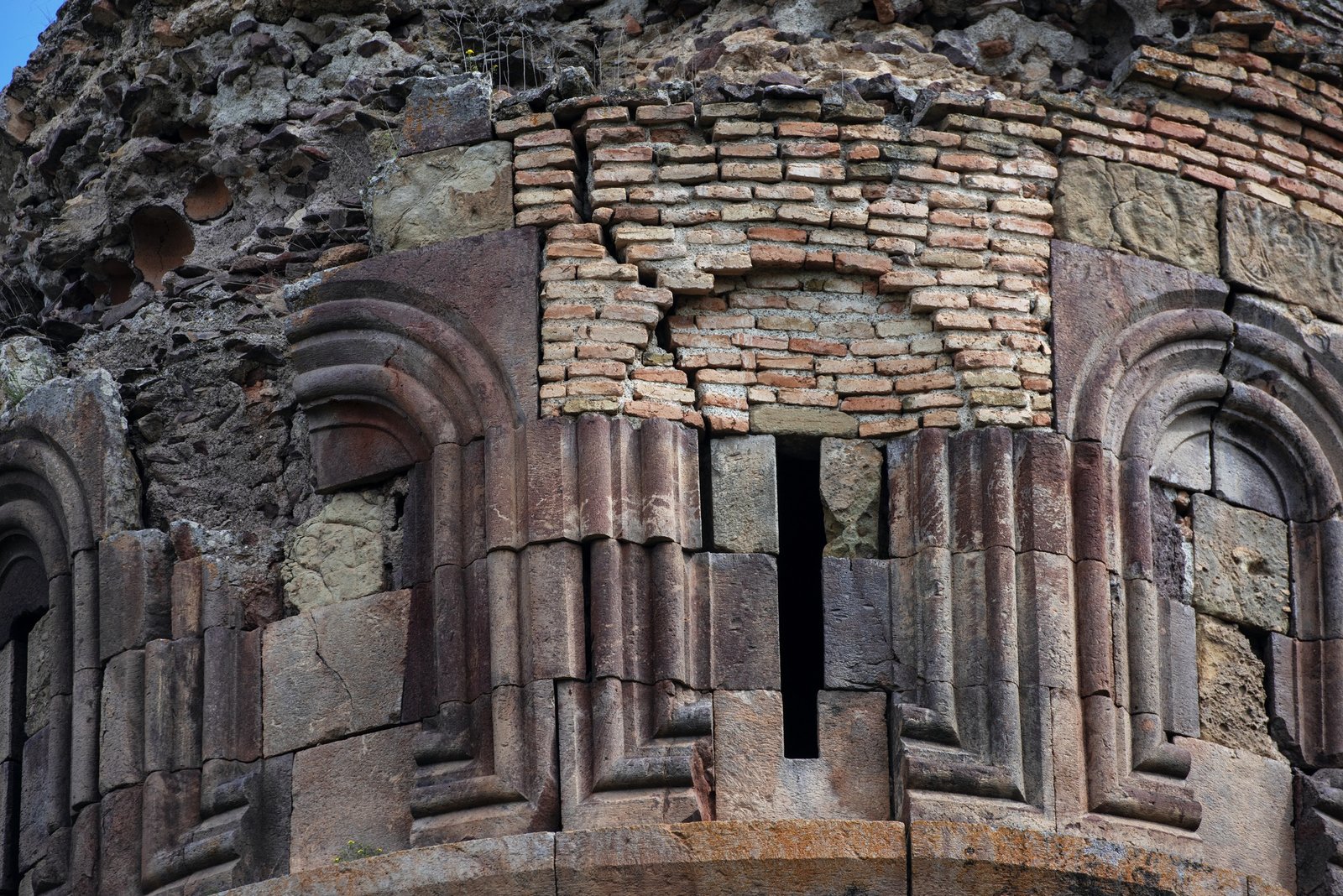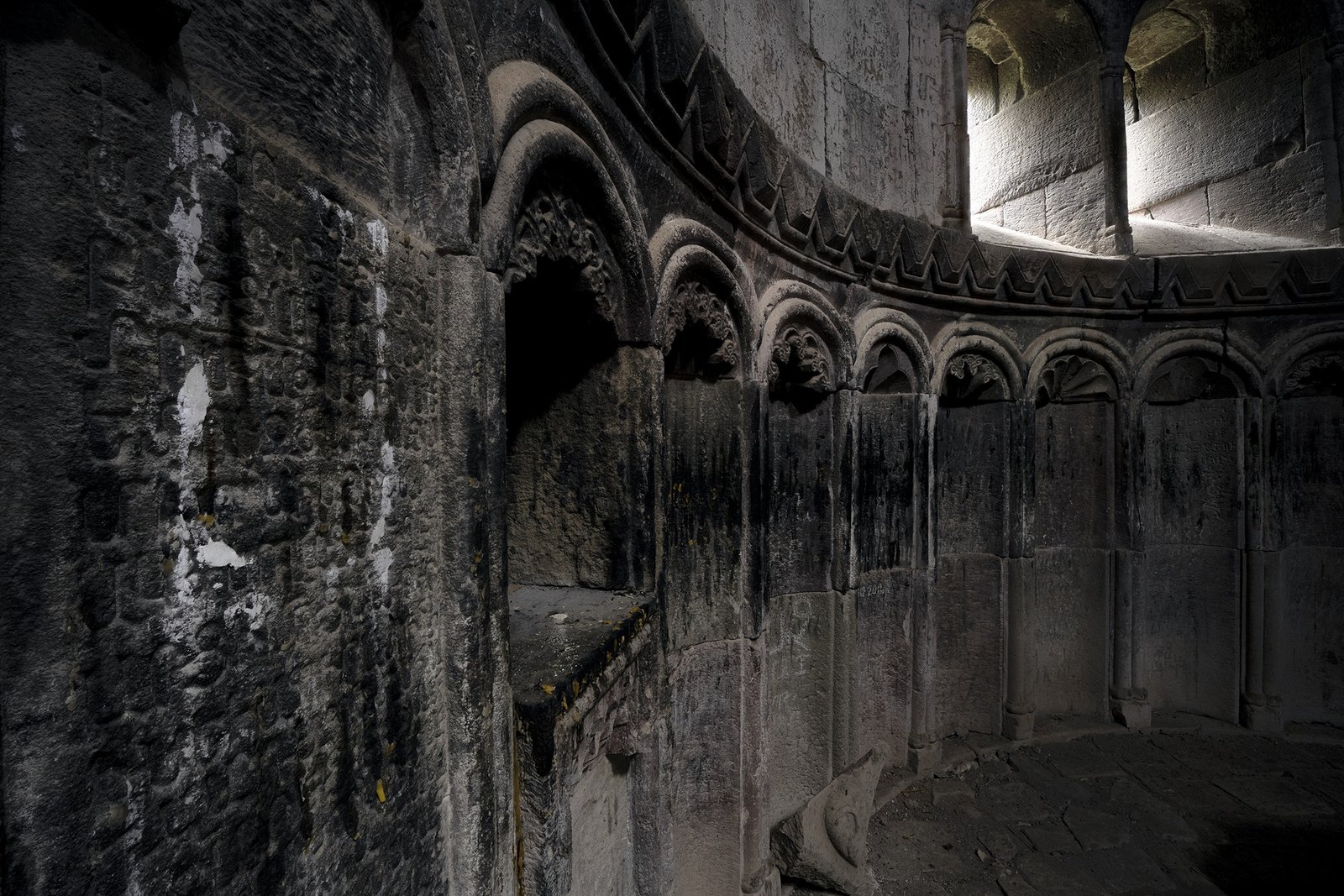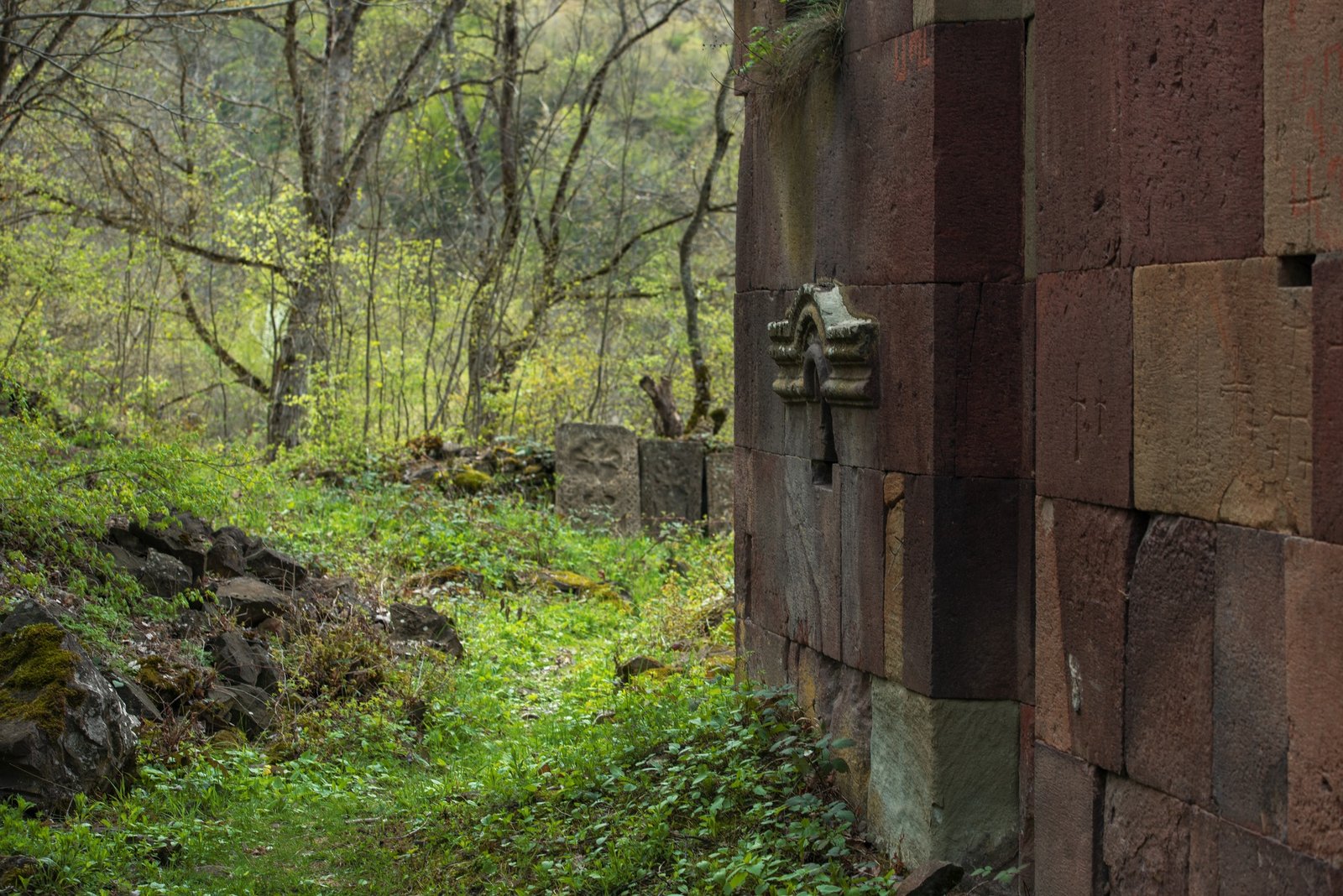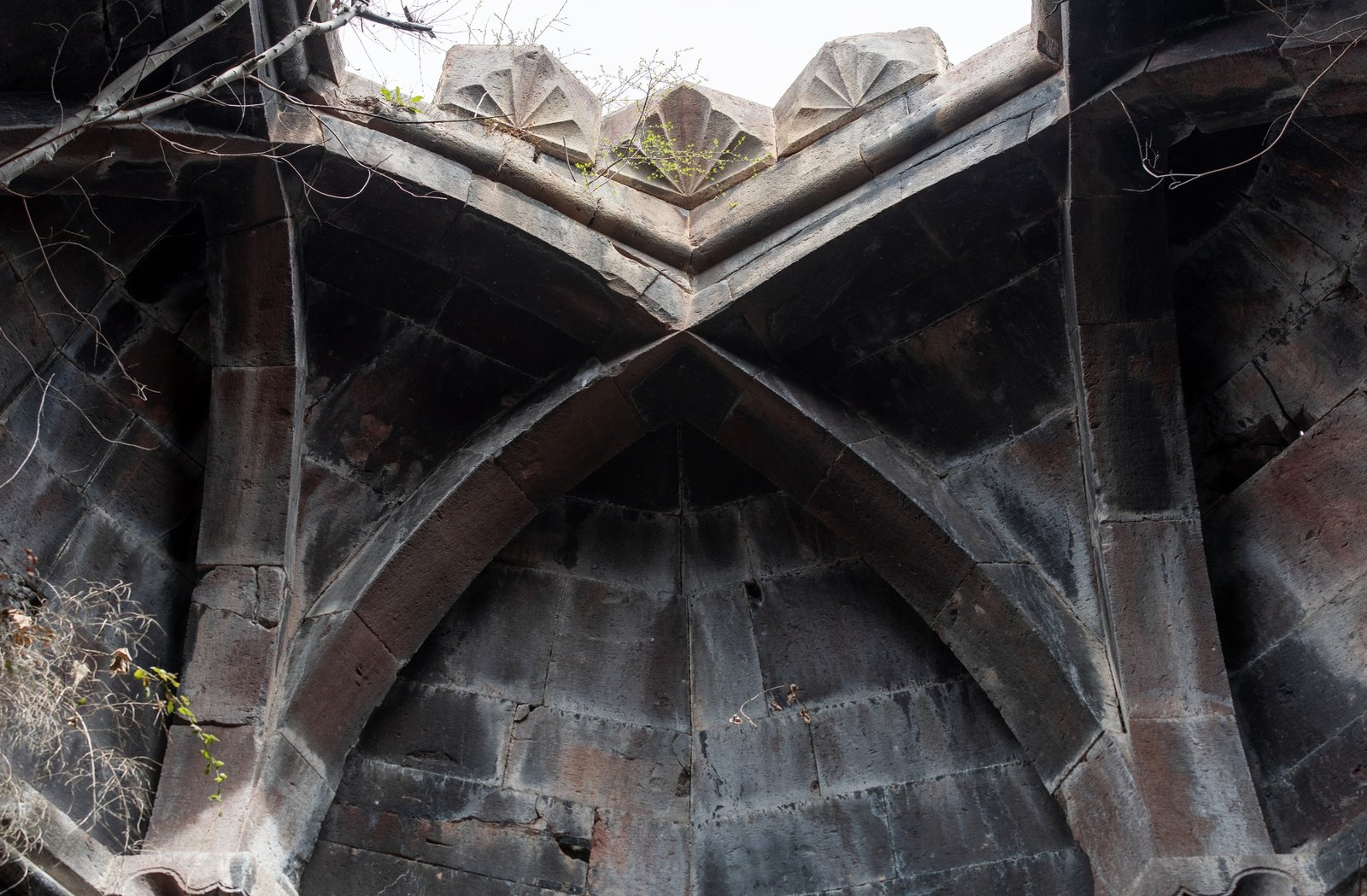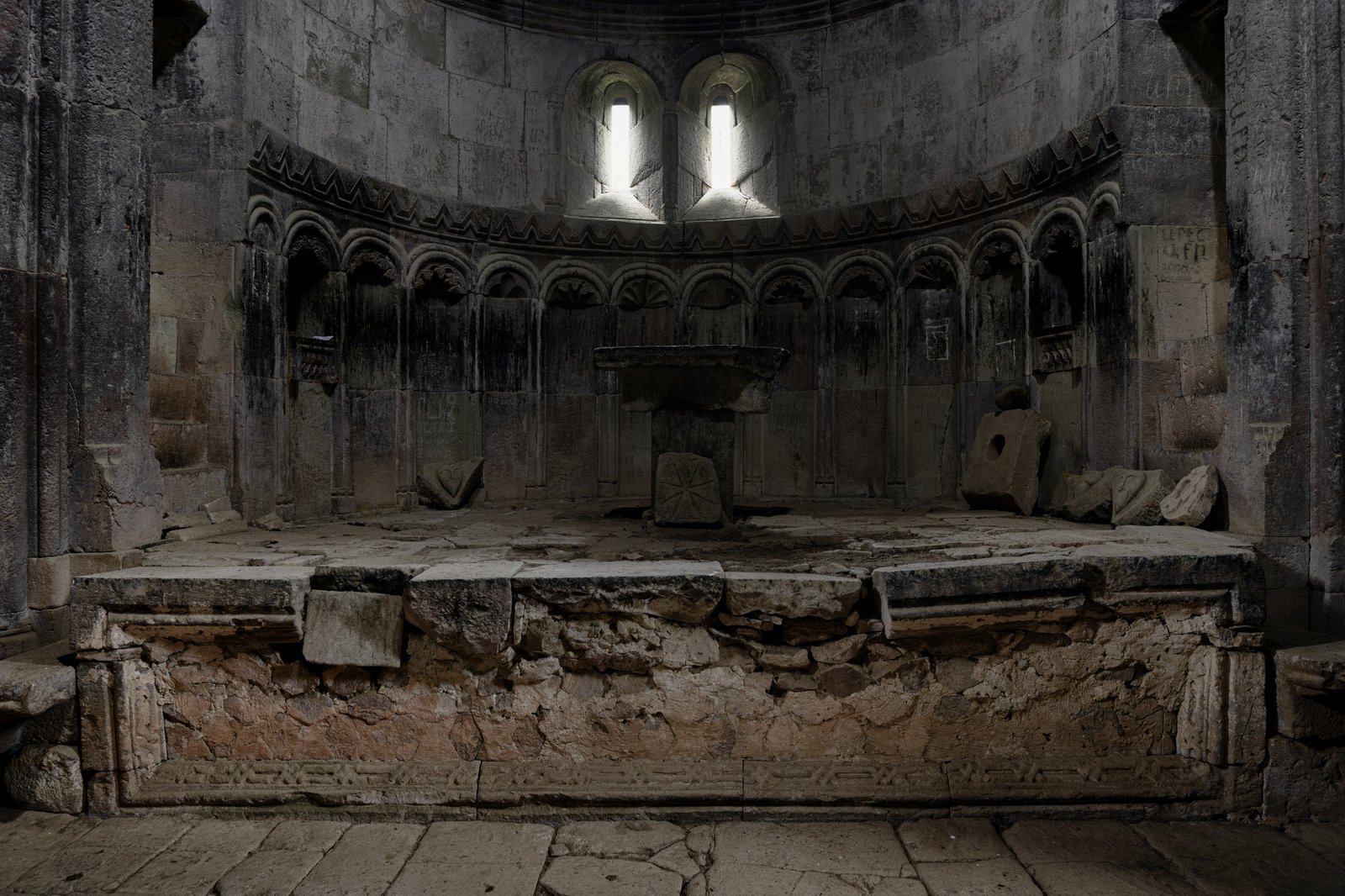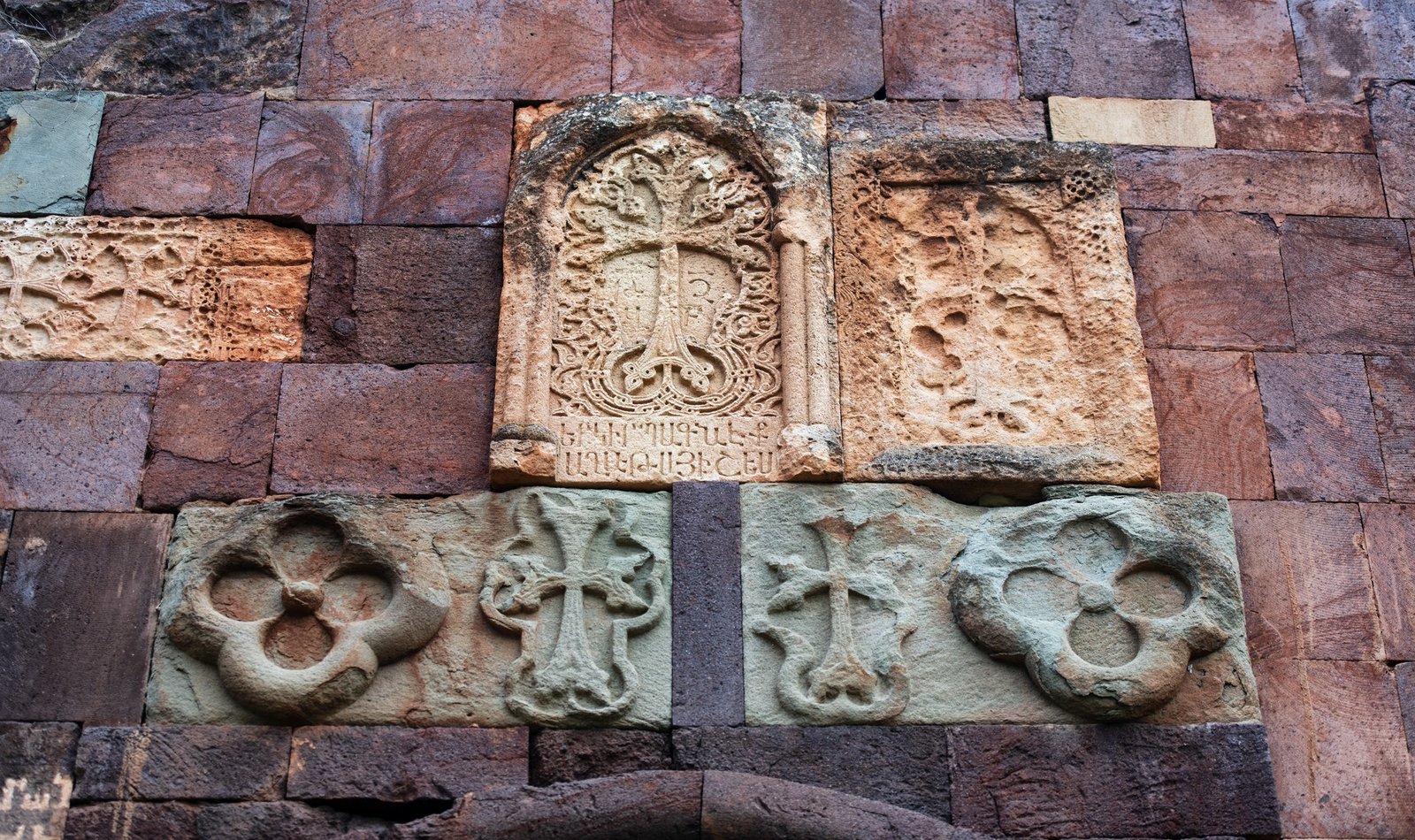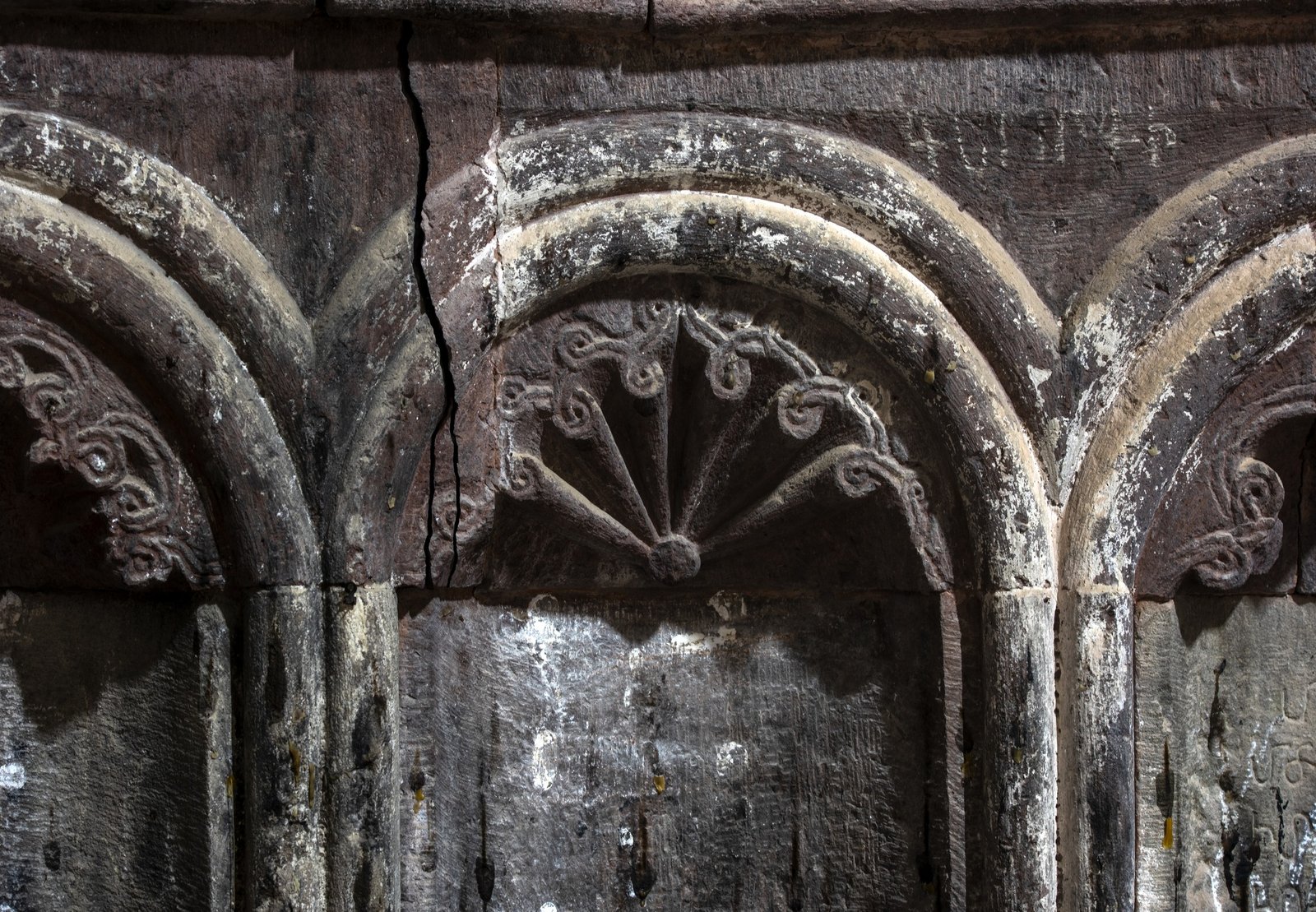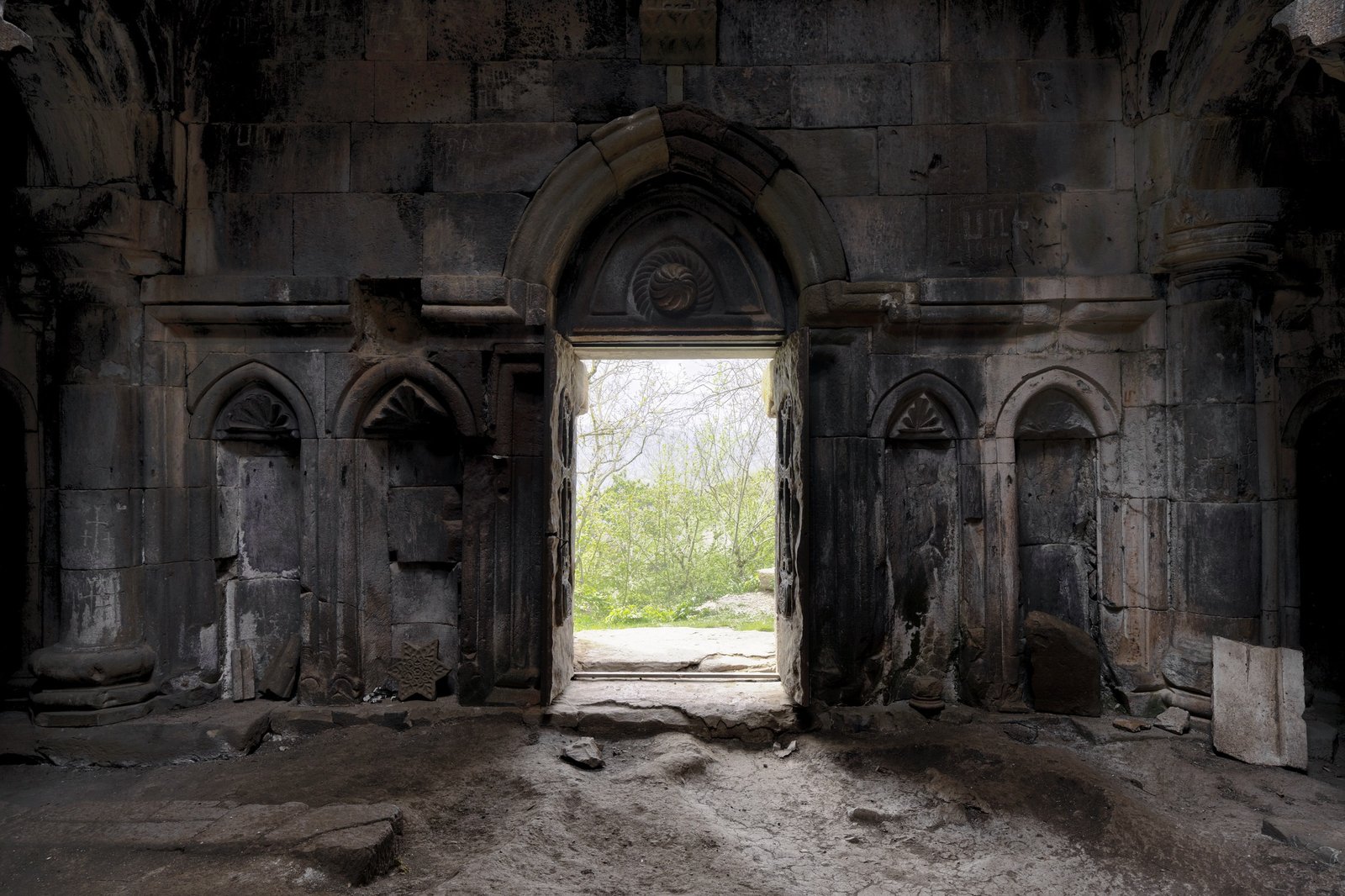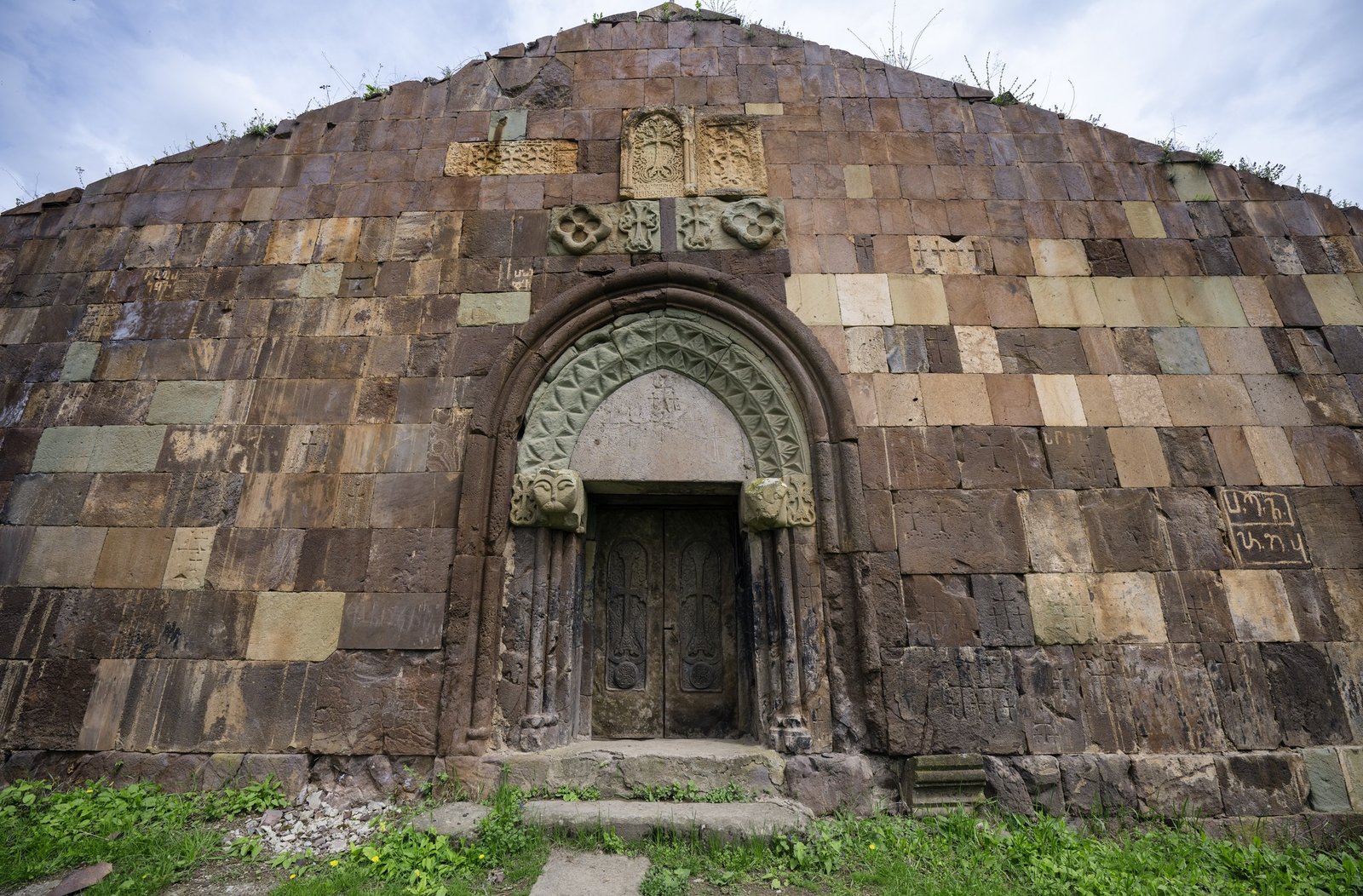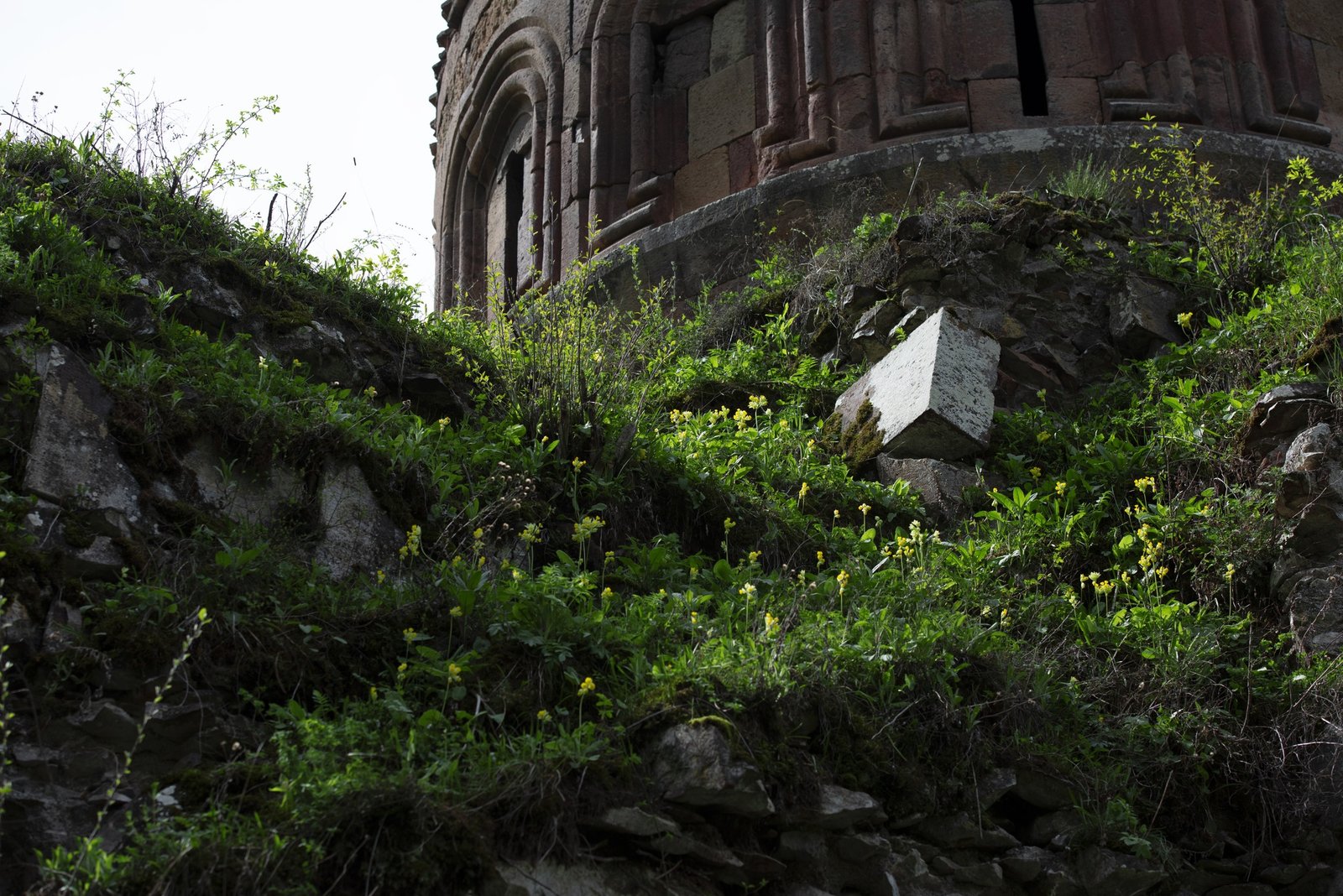Latest Listings
Related Listings
Close To You
Khoranashat Monastery
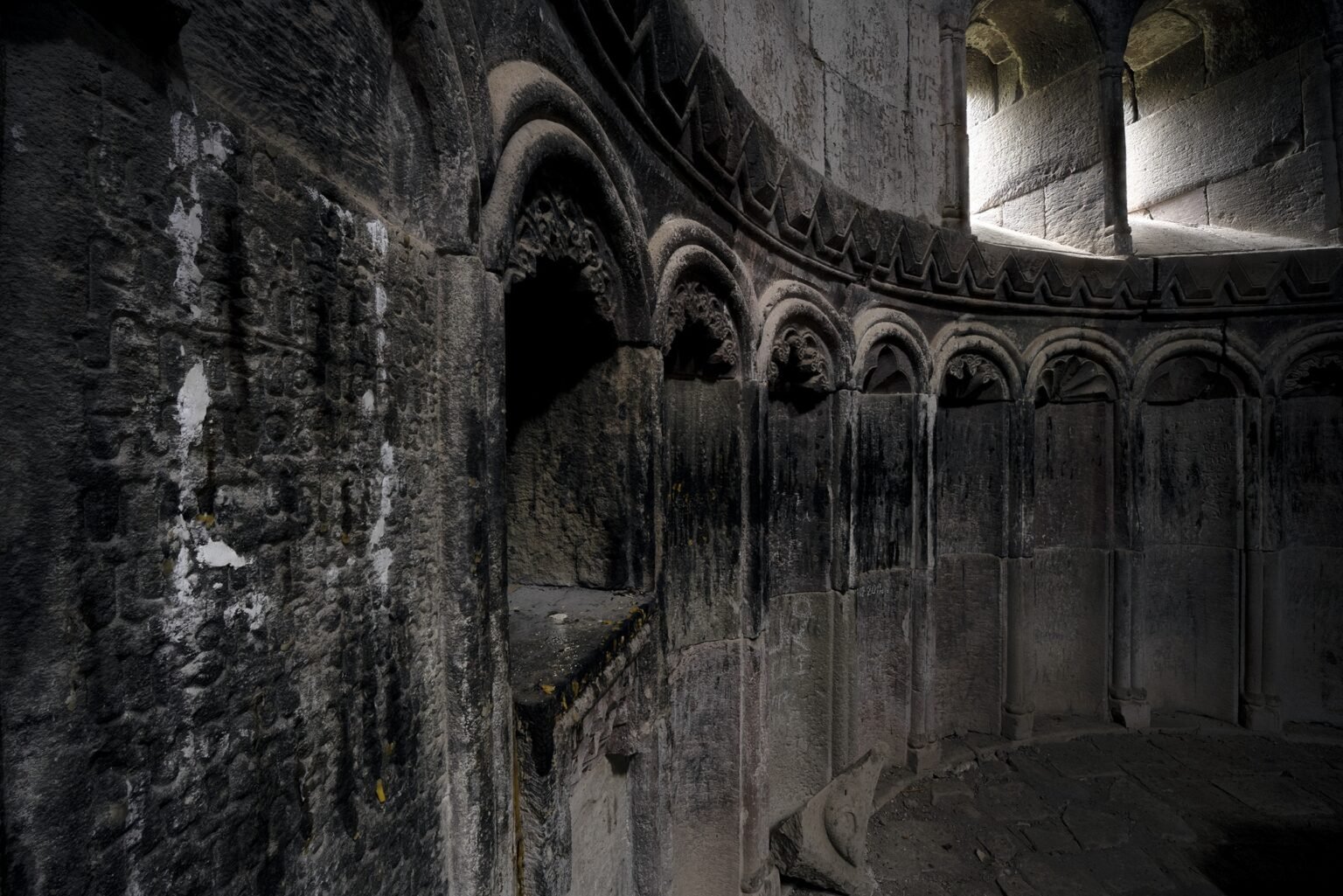
Monastery
900 m
Historical
Medium
VISITOR INFORMATION
📍 Location - Tavush Province, about 2.5 km northeast of Chinari village, on a forested slope.
🕰️ Period - Founded in the early 13th century.
🌐 Coordinates - 41.051° N, 45.690° E.
🏰 Also Known As - Chinari Monastery.
🌿 Best Time to Visit - Late spring to autumn, when the forests are lush and roads are passable.
⚠️ Important - The monastery lies very close to the Armenia-Azerbaijan border, where some areas could be mined. Visits are possible only with strict adherence to safety guidance.
OVERVIEW
Khoranashat Monastery rises on the western slope above Chinari, about 2.5 km to the northeast. Founded in the early 1200s by Vananik Vardapet, it became one of medieval Armenia’s foremost spiritual, educational, and cultural centers. Its school trained renowned historians and theologians, and its scriptorium produced valuable manuscripts that today form an integral part of Armenia’s medieval heritage.
ETYMOLOGY
The name “Khoranashat” derives from the distinctive sanctuary of the monastery’s main church, Surb Astvatsatsin (Holy Mother of God). The semi-circular eastern wall of the bema is adorned with a series of deep recessed niches-many little “khorans” (sanctuaries) - from which the name literally means “abundant in sanctuaries.” Some sources also link the name to the density of churches and sacred sites that once dotted the surrounding hills.
HISTORY
Khoranashat was founded by Vananik Vardapet (1181-1251) under the patronage of the Vahramyan princes, notably Vahram II of Gag. In the 1220s a renowned vardapetaran (monastic academy) was established here, teaching theology, history, philosophy, music, natural sciences, and calendrics. Notable medieval figures-Kirakos Gandzaketsi, Vardan Areveltsi, Grigor Akneratsi, among others-studied or worked at Khoranashat.
In 1228-1229 the complex suffered heavy damage during the campaigns of Jalal ad-Din.
ARCHITECTURE
The monastery comprises the Church of Surb Astvatsatsin, Surb Kiraki Church, Surb Chgnavor Church, a gavit (narthex), auxiliary buildings, and encircling walls. Each structure showcases characteristic solutions of medieval Armenian architecture.
Surb Astvatsatsin (Holy Mother of God) - The principal and largest building. Rectangular in outline yet cross-in-square within, it is a domed hall flanked by two-storey pastophoria on either side of the bema. The semi-circular bema wall is articulated with twelve recessed niches, the feature that inspired the name “Khoranashat.” The eastern façade preserves a high-relief eagle with outspread wings-the coat of arms of the Vahramyan princes. Intricate stone carving, polychrome masonry, and refined lighting design distinguish the church.
Surb Kiraki - A small, rectangular, domed church just south of Surb Astvatsatsin. Inside, paired wall-pillars carry the drum, and wall edges are enriched with engaged half-columns. Despite its modest scale, the church impresses with balance and elegance.
Surb Chgnavor - East of the main group, now largely in ruins yet echoing Surb Kiraki’s plan. Relief ornament survives around the doorway and windows; the bema front once bore woven-style carvings. Old tombstones lie nearby, and a large khachkar marks the grave of Vananik Vardapet.
Gavit (Narthex) - Attached to the west façade of Surb Astvatsatsin, it is a four-pillar gavit with a rectangular plan and a sophisticated roofing system. A hexagonal oculus at the center provides both light and structural stability. The richly worked west front displays khachkars, sculpted crosses, and animal figures (lion and ox) serving as supports to the lintel-an exceptional sculptural ensemble.
Enclosure Walls - The core buildings are encircled by dry-laid rough-hewn stone walls, lending the monastery an almost fortress-like aspect and hinting at a defensive role.
CONSERVATION & RESTORATION
Khoranashat has endured multiple waves of destruction, notably during 1228-1229. In later centuries the complex declined; Surb Chgnavor is now largely ruined and Surb Kiraki is partially collapsed, while Surb Astvatsatsin and the gavit retain much of their architectural integrity.
Conservation is complicated by the border location and the presence of minefields, which restrict research and restoration. Recent years have seen documentation and preparatory studies by specialists to enable future conservation efforts.
TOURISM
Hidden within Tavush’s pristine forests on slopes abutting the Azerbaijan border, Khoranashat receives comparatively few visitors due to its location-adding to its aura of mystery and allure. The monastery is listed in Armenia’s State Register of Historical and Cultural Monuments.
A visit to Khoranashat pairs well with other monastic ensembles and nature routes in Tavush-such as Nor Varagavank or Makaravank-and with forested excursions around Ijevan and Dilijan. The journey becomes a blend of cultural heritage and natural exploration across northern Armenia.
LOCAL LEGENDS
One of the best-known traditions concerns Vananik Vardapet, the founder. A three-meter-tall khachkar was erected on his grave, seen not only as a tribute but also as a powerful protective emblem. Locals believed the cross safeguarded the monastery and its environs from hostile incursions.
Another tradition links the name “Khoranashat” to the multi-niche bema of Surb Astvatsatsin. The twelve niches were said to symbolize the multitude of churches that once existed in this corner of Tavush. Monks believed each niche was a doorway for prayer and blessing.
Stories also speak of caves hidden in the surrounding forests where monks stored manuscripts and relics; in the hush of those caverns, the echo of prayer was said to carry through the valley.
Facilities
Nearby
Perched on a hilltop and linked to the folk hero Tslik Amram, this medieval stronghold preserves stretches of curtain wall and towers-an open page of military architecture.
A 12th-13th-century church in Artsvaberd village. Though partially ruined, it still captivates with its proportions and the many khachkars scattered around the site.
A scenic artificial lake fringed by green mountains-perfect for quiet rest, photography, and nature lovers.
Administrative center of Tavush, known for caves, historic churches, and lush nature. Combine cultural visits (e.g., Surb Nshan Church, old khachkars) with leisurely town walks.
A distinguished 12th-13th-century monastery in Varagavan village. Noted for a well-proportioned plan, sculpted gavit, and a rich ensemble of medieval khachkars-easy to combine with Khoranashat in a single day.

